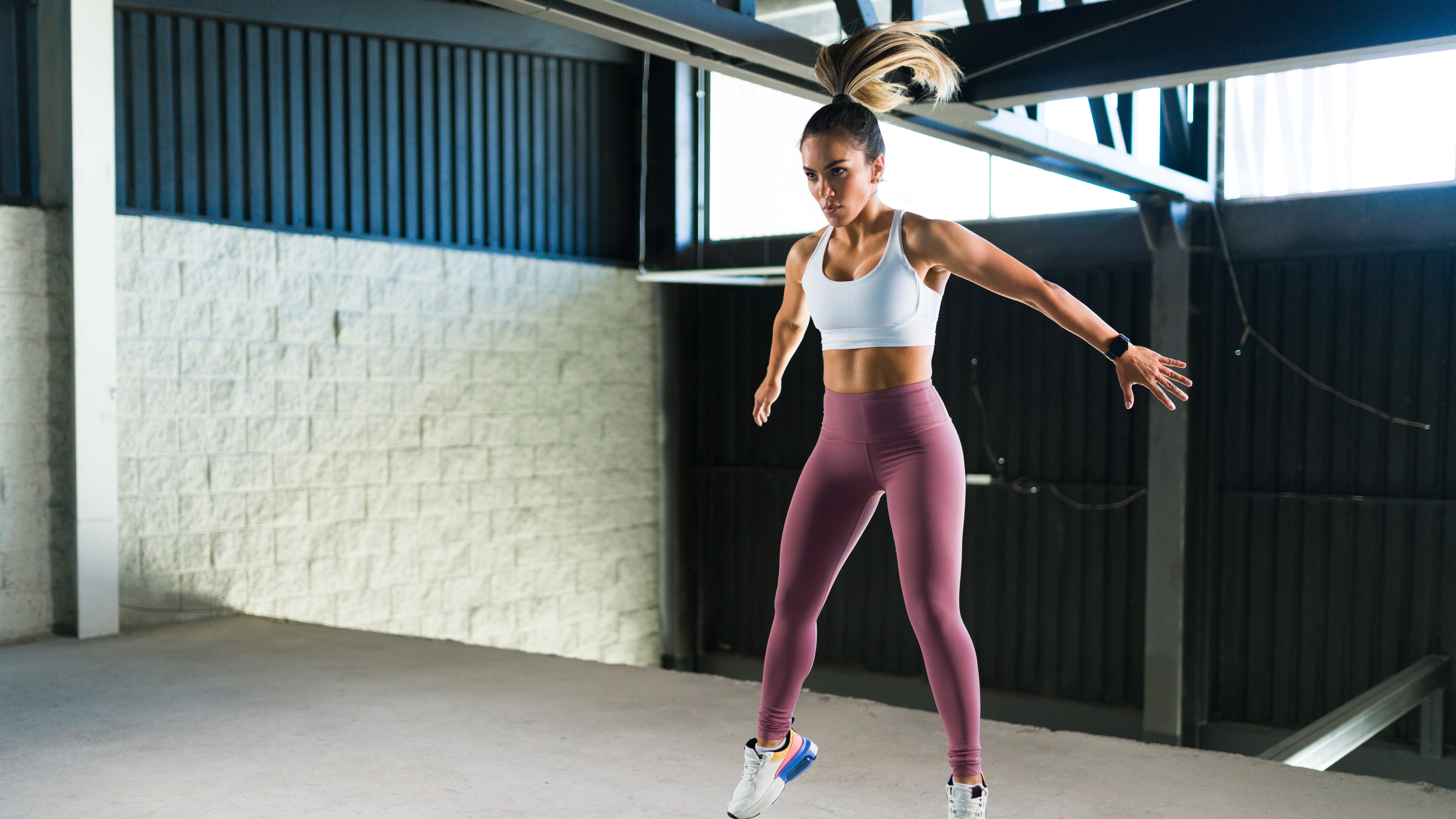
Recently, I stumbled across a fascinating post from Arnold’s Pump Club — that’s Arnold Schwarzenegger’s brainchild — which gives members advice on health and fitness.
Arnie’s team shared a systematic review, which assessed 15 clinical trials, nine including participants with diagnosed anxiety disorders and six involving adults with raised anxiety. Researchers discovered that across every study included, exercise reduced anxiety symptoms in a “moderate-to-large” way, similar to cognitive behavioural therapy. Wow.
Keen to find out more, I took a look at the study myself to see what it involved and how the everyday person could benefit. Here’s what I learned, and how you can apply it to your life.
What is the study?
Arnie and his team led me to this systematic review, published in BMC Health Services Research, which assessed the use of exercise (versus a "waiting list control group") for the treatment of anxiety and also compared high and low-intensity exercises. Patients had to meet the criteria for anxiety disorders or clinically raised anxiety levels, and aerobic exercise was carried out for at least two weeks.
Researchers found that aerobic exercise was effective for treating those with raised anxiety, and high-intensity exercise programs showed greater effects compared with low-intensity exercise. They found no significant difference between those with diagnosed anxiety disorders and patients with raised anxiety.
Exercise is a viable treatment option for anxiety, with high-intensity being more effective than low-intensity.
The review shared that limitations include the small number of studies and the wide variety of exercise interventions delivered. That said, the research concluded that exercise is a viable treatment option for anxiety, with high-intensity being more effective than low-intensity.
Exercises included running, walking, treadmill training and aerobic training. Where exercises were performed outside of the lab, participants wore pedometers or accelerometers.
Get instant access to breaking news, the hottest reviews, great deals and helpful tips.
High-intensity levels consisted of efforts between 60% to 90% heart rate max, while low-intensity control groups undertook comfortable walking or stretching and flexibility classes. Duration ranged from six months to as little as two weeks, and frequency ranged from five times per week down to twice. All studies comparing high and low-intensity exercise were “matched” for time with a therapist.
What does this mean?

By no means is the review suggesting that people with anxiety should choose exercise instead of a therapist, nor is Arnie's team. However, it could be used as a supportive tool to boost mood, reduce feelings of anxiety and improve stress.
If you can, try to include 30 to 60 minutes of movement as little as two to three times per week. That could include cycling, walking, jogging, or resistance training. Stretching and mobility are still great low-impact options to include.
Arnie’s team writes, “The researchers believe that exercise triggers changes in brain chemicals like serotonin, GABA and brain-derived neurotrophic factor (BDNF), all of which help regulate mood, reduce stress and improve resilience.”
Don’t forget, exercise can also have a positive knock-on effect on other areas of your life, like sleep, which can improve mood and regulate your circadian rhythms.

Follow Tom's Guide on Google News and add us as a preferred source to get our up-to-date news, analysis, and reviews in your feeds.
More from Tom's Guide
- I just tried Chris Hemsworth’s 200-rep bodyweight workout — and wow
- ‘Get long and strong,' says a mobility coach — try this 5-move mobility flow routine to unlock looser joints
- I'm a personal trainer — The 6-12-25 workout method is the functional way to pack on lean muscle mass and strength

Sam Hopes is a level 3 qualified trainer, a level 2 Reiki practitioner and fitness editor at Tom's Guide. She is also currently undertaking her Yoga For Athletes training course.
Sam has written for various fitness brands and websites over the years and has experience across brands at Future, such as Live Science, Fit&Well, Coach, and T3.
Having coached at fitness studios like F45 and Virgin Active and personal trained, Sam now primarily teaches outdoor bootcamps, bodyweight, calisthenics and kettlebells.
She also coaches mobility and flexibility classes several times a week and believes that true strength comes from a holistic approach to training your body.
Sam has completed two mixed doubles Hyrox competitions in London and the Netherlands and finished her first doubles attempt in 1:11.
You must confirm your public display name before commenting
Please logout and then login again, you will then be prompted to enter your display name.
